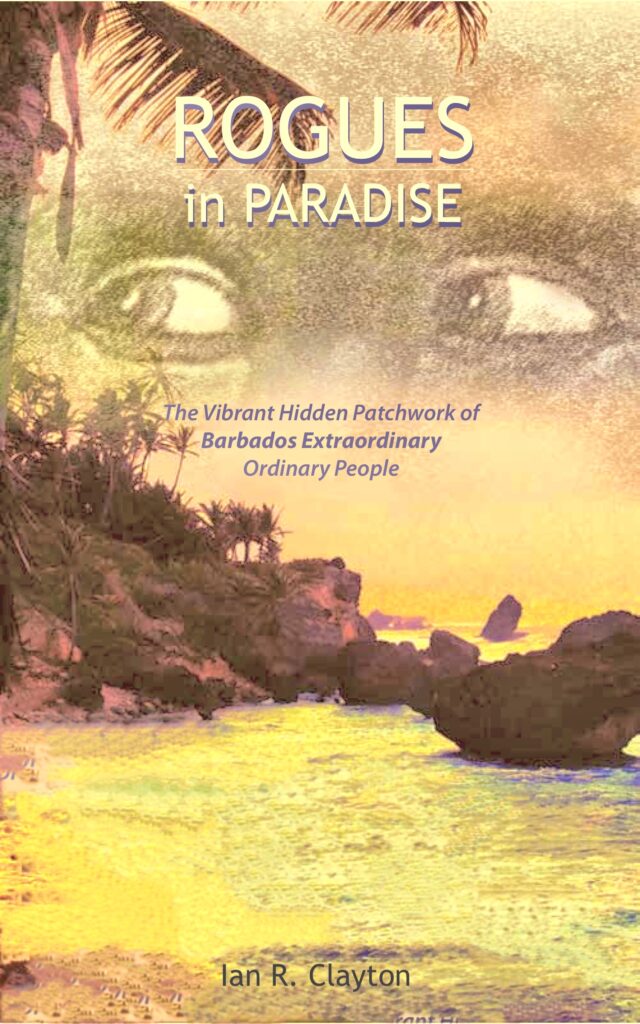This is the story of Sam Lord’s Castle – The Man & The Icon. It is about the life and times of Samuel Hall Lord (Sam Lord), the man behind the iconic Sam Lord’s Castle and the intriguing saga of a unique form of piracy he is credited with inventing.
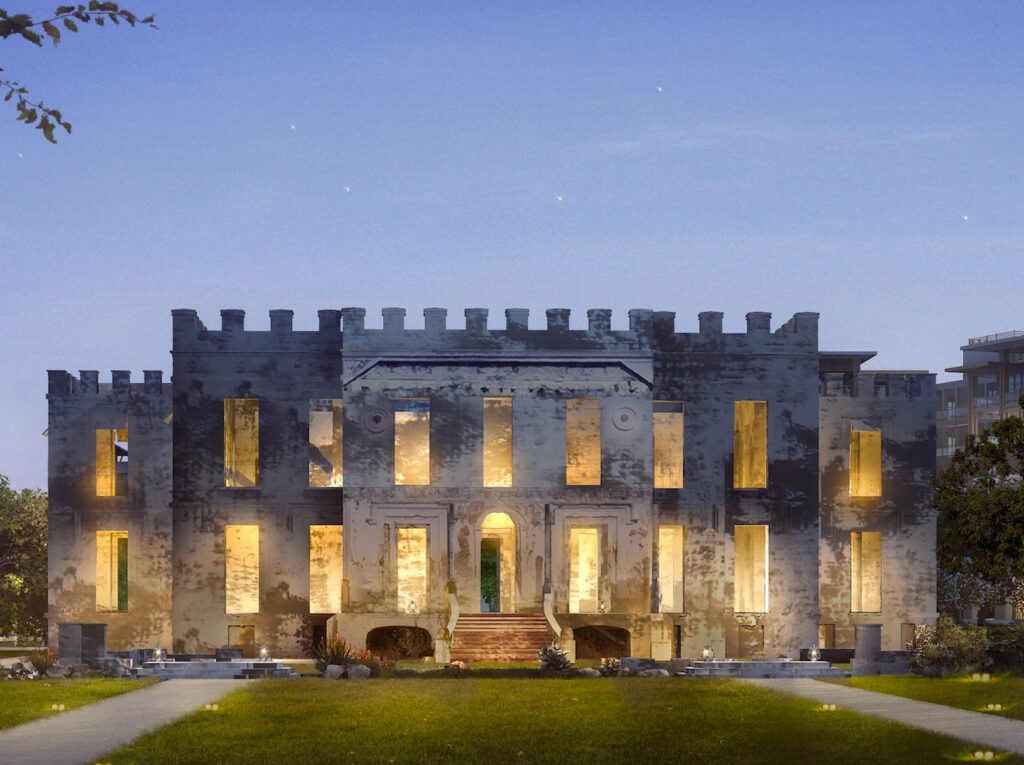
Samuel Hall Lord (known as Sam Lord) was not, it seems, a lovely person. His father, John Lord, owned the plantation estate and mansion at Long Bay that later became known as Sam Lord’s Castle. It was here that Sam was born in 1778 and where he lived for most of his life, in between frequent visits to England. It is here that the saga of Barbados’ notorious pirate and the legend of “Sam Lord’s Castle – The Man & The Icon” began.
Barbados-Born Ambition & Flair
Sam inherited the family estate at Long Bay along with his brother, John Thomas, shortly after his father died in 1799. It was left to his mother, who, in turn, conveyed it to the brothers some years before she died in 1820.
After his father died, Sam was a young man about to inherit a huge estate and a castle in the making. His first challenge at that age was to connect with the right people and marry into a powerful and wealthy family. That meant going to Britain and mixing with the elite. This was a challenge he accept with enthusiasm. His Caribbean upbringing had given him a sense of entitlement and the character needed to blend in with the British gentry.
He travelled to England in 1804 at the age of 26. Within 4 years, he had chosen his bride and married her. His marriage to Lucy Wightwick was against the wishes of Lucy’s father, who thought Sam an unworthy suitor. Lucy’s father, Thomas Dewey Wightwick, was a man of some stature. He owned Hewelsfield Court near Chepstow, Bushbury Staffs and Capel Court, Gloucestershire. To Sam, the prospect was attractive. The bells of wealth, influence and power rang in his head as he applied his charm in ample measure.
Lucy, by all accounts, was swept away by the dashing Samuel Lord, an exotic man from the islands. He was a free spirit, not constrained by British rules; a ladies’ man with a Caribbean flare that set him apart for the typical Brits that Lucy knew. His sense of adventure and abandonment was seductive and she paid no heed to her father’s warnings. They married in 1808.
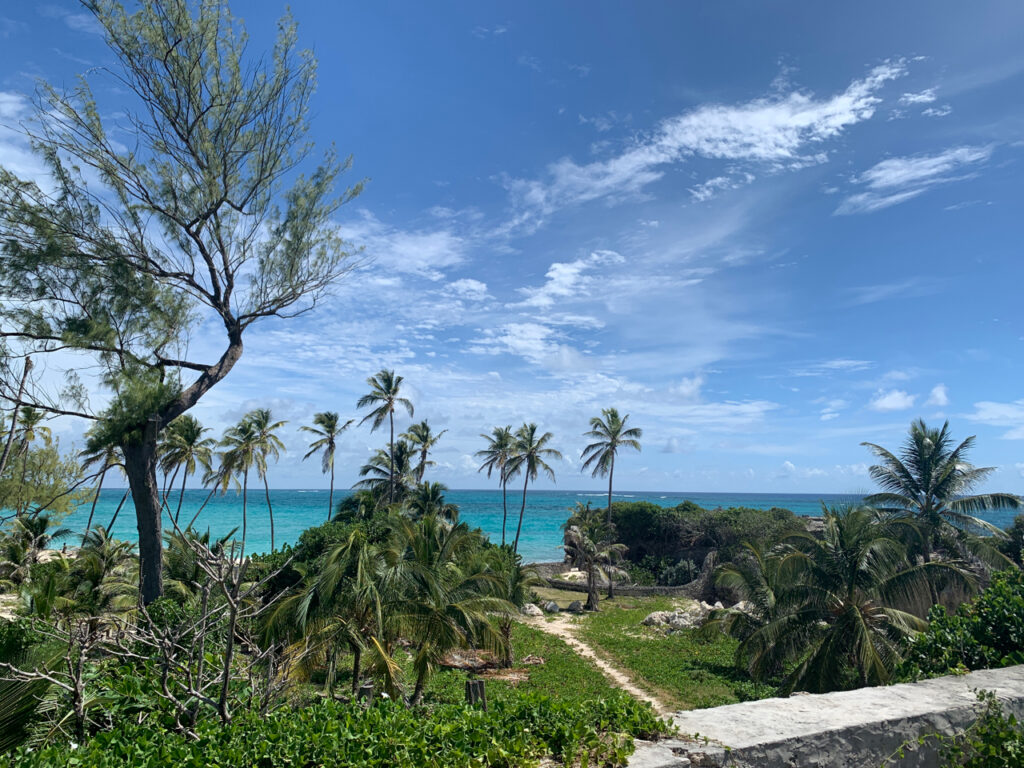
Marriage of Convenience
Mr. Wightwick, however, was right to be reserved. He saw in Sam a man set out to marry into wealth and one driven by greed and avarice. By all accounts, Sam Lord treated his wife and children very badly. Behind the Caribbean charm and light-hearted manner, he was ruthlessly ambitious, self-centered and mean.
Sam Lord had 3 daughters with Lucy: Oceanus (1809–1811), born on a voyage to Barbados; Emma Lucy (born 22 April, 1811); and Cecilia (17 November, 1812). All died early except for the youngest (Cecilia), who was born in Hewelsfield Court, UK.
Sam, it seems, spent a few years in Barbados from 1809, returning to the UK sometime before 1812. He was back in Barbados again just 2 years after Cecilia’s birth, returning to the island with his wife, Lucy, in 1814. Interestingly, he left his daughter, Cecilia, in England, perhaps wanting to make the most of being back home with friends and parties.
A Shrewd and Calculating Man

His time in Barbados was spent lavishly. He seems to have disowned his wife, Lucy, who may have been a hindrance to his indulgences. It is said that Lucy was often confined to the basement as Sam enjoyed his lifestyle, unencumbered by a wife’s restrain. Some say she was imprisoned in a dungeon under the castle, without thought or care, by ‘Sam the Man’.
There can be little doubt that he was shrewd and calculating. He seemed ruthless – a man that might do whatever it took to get his way.
He was also busy building the castle, with construction beginning in 1817. He was dealing with legal matters and purchasing the Pool Estate in St. John with his brother, John Thomas Lord.
In 1817, proceedings were taken against Sam on charges of forgery and perjury with respect to the business dealings. The charges were dropped in 1820 due to lack of evidence. But the red flag was raised and where there is smoke, there is fire.
He was building influence and power, scheming to own it all. Ambition compelled him to make his mark and leave his legacy as Samuel Hall Lord of “Sam Lord’s Castle – The Man & The Icon”.
John Thomas died in 1818 and Sam became embroiled in consolidating his ownership of the estate. John Thomas left his share of the estate to his surviving children. It became complicated by the untimely death of inheritors in which case a part was left to Sam.
Sam Lord’s Trouble With The Law

Sam was the executor of his brother’s will and it appears he executed it in his own interest. His brother had left his 50% share in the properties of Pool and Long Bay to his son, John JR. The will stipulated that if John JR died before he was 21, the share was to be divided equally between his own surviving children and his Sam.
John JR died in 1821 at the age of 14. It is said that his death occurred under ‘mysterious circumstances’. His half-shares were to be divided into thirds: 1/3 to Samuel and 2/3s to John Thomas’ 2 daughters (Elizabeth and Frances). Elizabeth died in 1826 meaning that Frances owned 2/3 and Sam 1/3 of the shares. Some wondered if Sam had anything to do with these deaths, as he certainly stood to gain by the death of John JR and hist brother.
The Plot Thickens for Sam – The Man & The Icon

The plot over ownership continued for many years. It was further complicated when his niece, Elizabeth, died in 1826 and her sister, Frances, a minor, thus owned 2/3s of a half-share of both Long Bay and Pool, while Samuel owned 1/3 of a half-share. The remaining half-share was owned by Samuel’s sister, Elizabeth Sarsfield.
Sam had persuaded his sister to re-convey the property so that he became the owner of 2/3s. When that was done – with some conniving – Frances then owned the balance of 1/3 of the estates. It was an equation ripe with suspicions and allegations. Promises made by Sam to his sister on transfer of the shares were apparently not kept.
Lucy Escapes Cruel & Mean Treatment
In the meantime, Lucy, who had returned with Sam in 1814, had managed to escape from her confinement and returned to England in April 1815. She managed to get help from the slave jailer, whom she bribed with jewels. She escaped home to England, glad to be alive and away from her jail in the dungeon of the castle in Barbados.
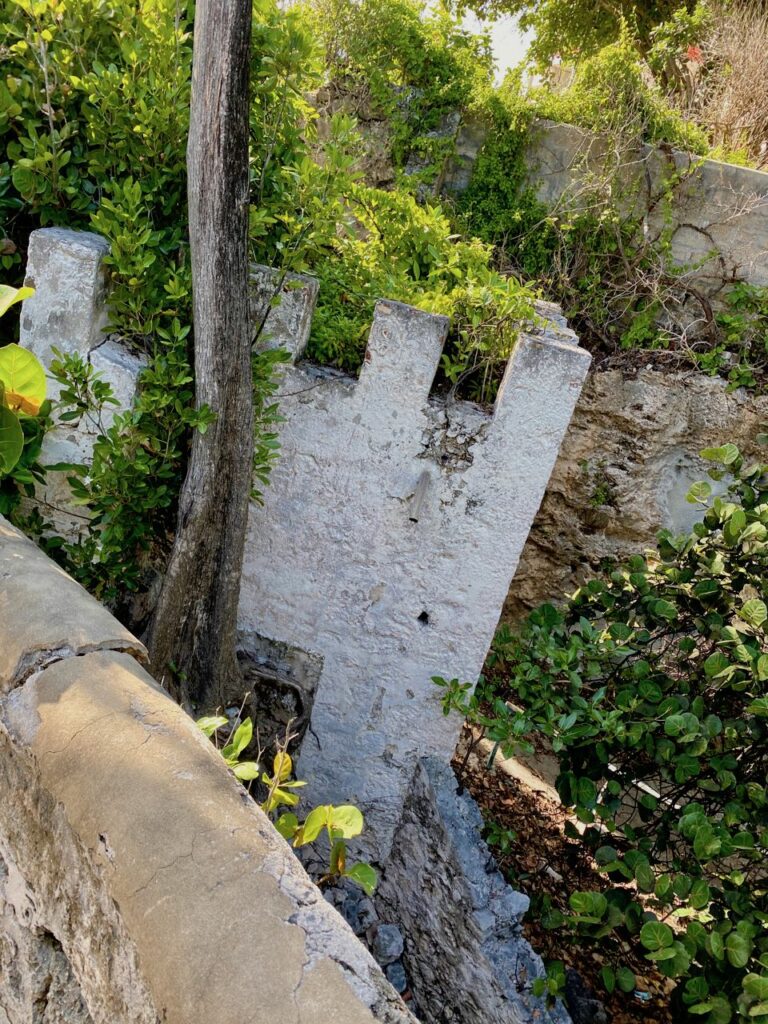
She filed for divorce and surrendered her right to the estate in exchange for absolute guardianship of Cecilia. Samuel never paid any of the £300 p.a. allowance due under an agreement made on 5 October 1815.
Legend of Buried Treasure & Ghosts of Sam Lords Castle
The dungeon, where Lucy was locked away, still exist along with the legend that there is gold and treasure in the caved in underground tunnels connecting to the beach.
The treasure, said to have been hidden in this network of tunnels from the castle to the beach, was never found. Maybe the ghost that walk the grounds have many a tale to tell about Sam the Man & the Icon and all who crossed his path.
The Iconic Georgian Castle
It was an expensive business building a castle and keeping up with the elite in those days. We can imagine that poor Sam needed every penny he could get. Promises were dispensable and opposition was swept aside by all the charm and character of a ruthless, charismatic and unscrupulous man.
Embed from Getty ImagesSam continued to have an extravagant Transatlantic lifestyle in the face of mounting debts. He spent a fortune on building his castle. It was a Georgian-style mansion, which he re-named ‘Sam Lord’s Castle’.
It was built, furnished and decorated with impeccable taste. The ceilings were elaborate plaster-work fashioned by Windsor Castle craftsmen, including two skilled Italian masonry workers. The intricate ceiling artwork took 2 years to complete. It was a spectacularly ornate sculpture that seemed inspired by Michelangelo.
Sam Lord’s own sofa was a marvel for its time. Lush and extravagant, it had brass legs fashioned as lions’ paws. There were massive regency mirrors and exquisite mahogany furniture in every room. Italian, Dutch, French and English paintings and antiques were everywhere. Much of this may have been salvaged from the wrecks on the nearby reefs or purchased with the proceeds of the pirate’s plunder.
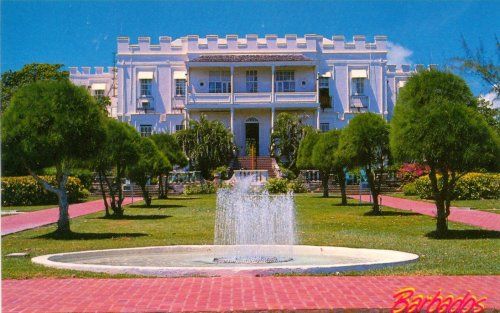
White marble verandas overlooked a spectacular mile-long beach on a wild ocean. The gardens too were filled with exotic tropical flowers and monuments.
Piracy to Make Ends Meet
Sam is credited with inventing a very novel scheme of piracy, which he is said to have used to help with the bills and support his lifestyle.
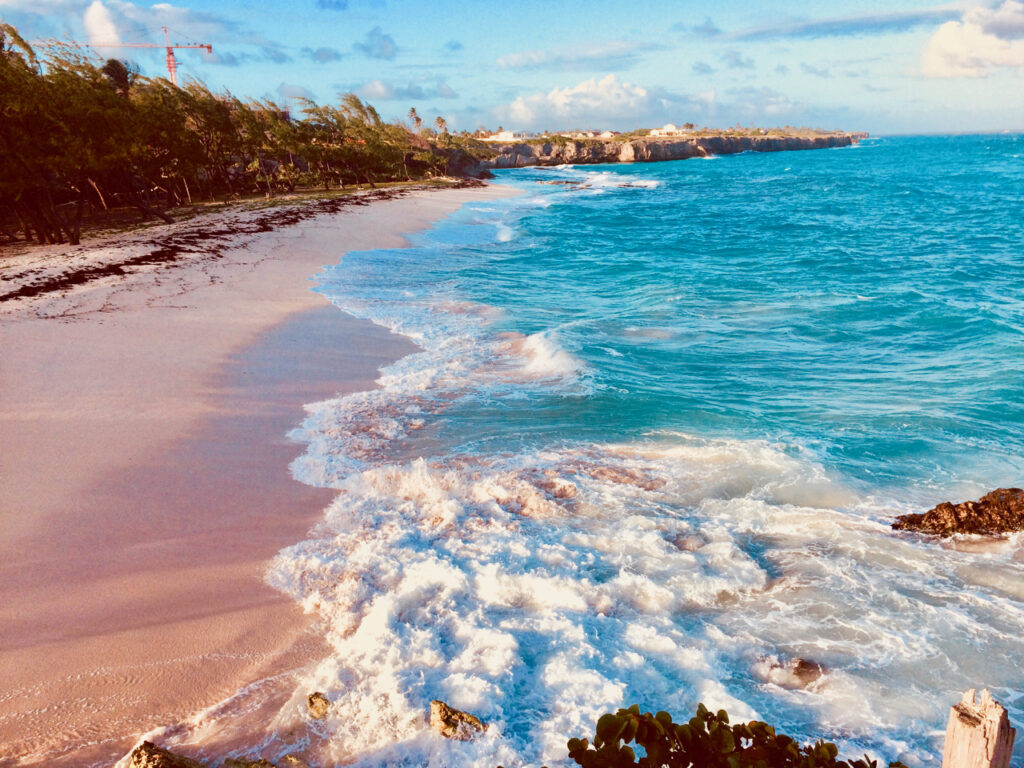
The Long Bay estates sit on a fantastic beach in a large half moon-shaped natural bay. It is surrounded by a series of fringing reefs. The reefs were impregnable barriers to ships, acting as a jagged underwater wall of coral and rock that could tear a ship apart if it ventured into it.
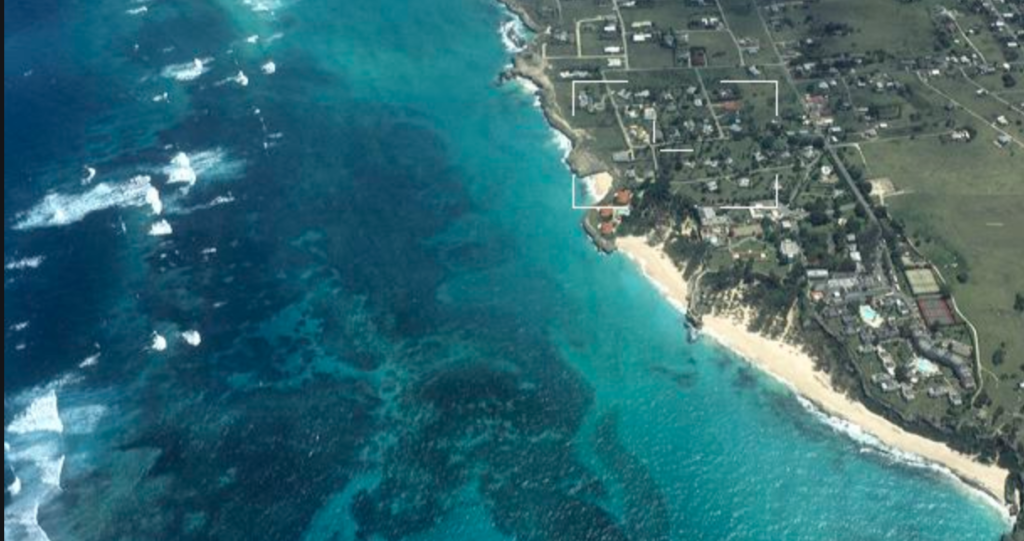
No ship would attempt the entry. Besides, there was no legitimate need to enter this treacherous port. But the folks at the castle had a better idea.
They would hang lanterns from the coconut trees, which would confuse the passing ships. The ship’s captain and crew assumed all the lights meant they were approaching the main port in Bridgetown and headed for its “safe harbour”. The ships floundered on the reefs and were easy prey for the pirates on shore. In the light of day, the land-based pirates rowed out to the stranded ships and retrieved the cargo.
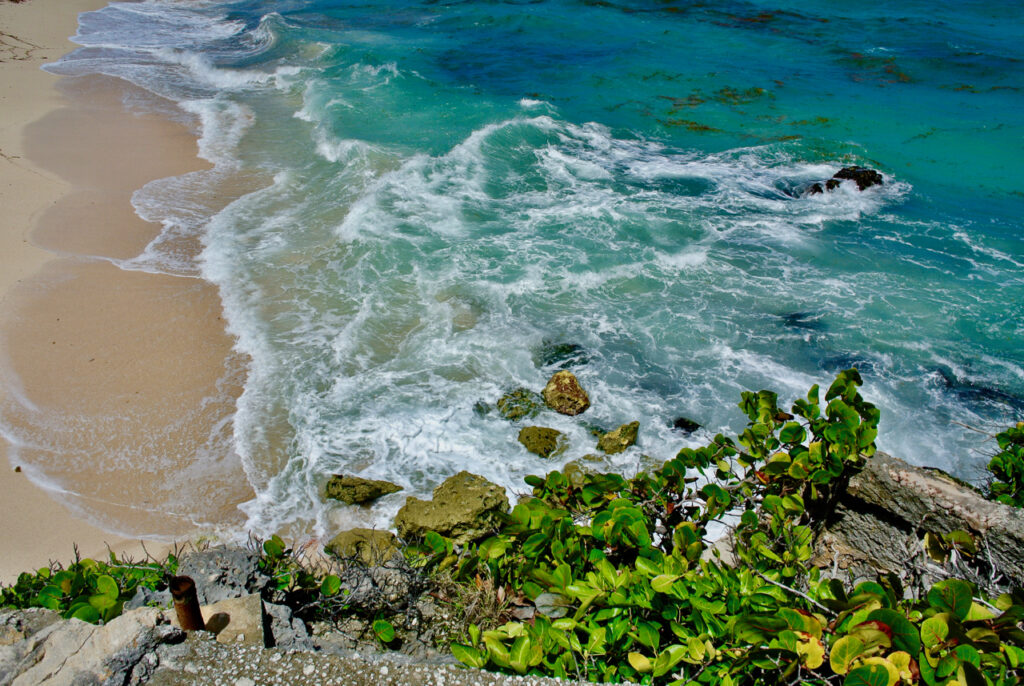
Divers still look for treasures in the reefs to this day. None have been found in recent history. The tides and seas have scattered and buried any gold coins and treasures that the pirates may have left behind.
Was Sam The Man?
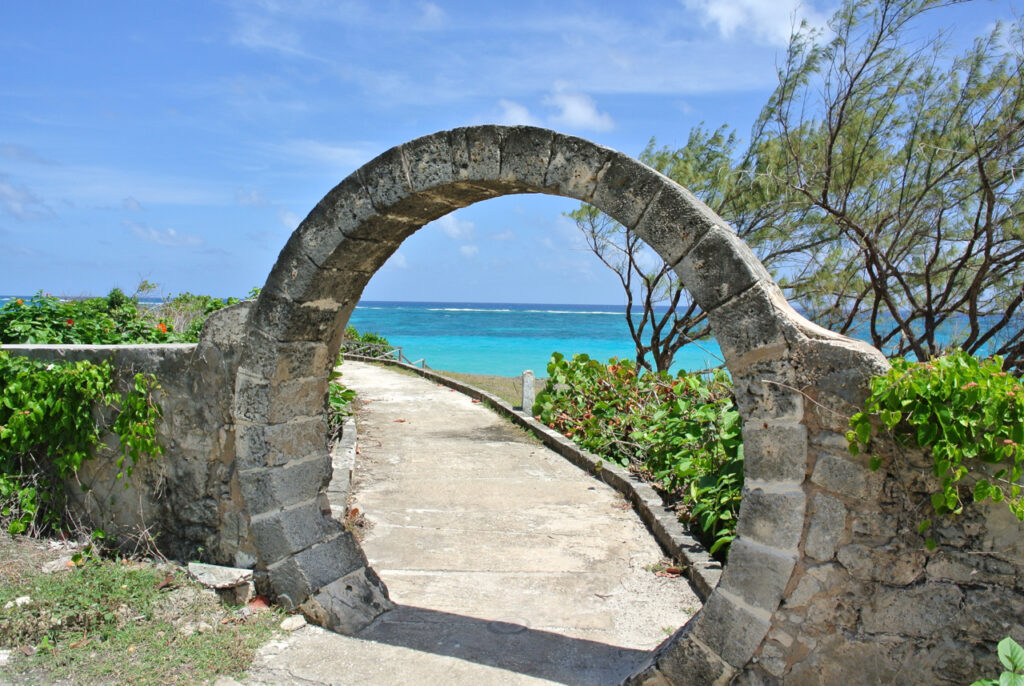
There is much speculation as to whether Sam Lord actually committed these crimes of piracy. He is accused of causing shipwrecks that may have occurred on their own. Records show that at the time of some shipwrecks, Sam was not even on the island. That is not to say that he did not benefit from the piracy or that he did not direct them.
While there may be no evidence that Sam was the actual pirate in these shipwrecks, there is little doubt that he profited from the spoils. He was perhaps the back-room pirate, the master planner and schemer. It was a job for which he had much aptitude, as we have seen before.

There is no doubt he was a strategist in planning his marriage, cooking the books and taking advantage of others in his quest for power and possession.
Piracy may have been a perfect fit for such a man.
The Case For & Against Sam Lord, The Pirate

From the 1820’s to 1834, there were 5 wrecks. There were 16 wrecks from 1835 to 1841. The records show that in many cases, Sam was not on the island at the time of the wrecks. Some of the wrecks were natural and had nothing to do with lanterns on coconut trees. Ships frequently ran aground all along the coast before the Ragged Point Lighthouse was constructed in 1875.
Research by Captain Wish, R.N., shows when Sam Lord was not on the island or otherwise engaged during the majority of these wrecks. Source: http://www.bcc.edu.bb/Divisions/FineArts/SamuelHallLord.aspx
1820-1834: 5 wrecks
- In 1826, the Shipley, a Military Transport was lost with many lives.
- Between that date and 1832, an unnamed vessel was wrecked.
- In 1833, the Barque Wanderer was wrecked.
- On 10th December 1834, the Brig. Regina was lost. On 17th December 1834, the Seven Brothers was wrecked.
For these five wrecks, Sam Lord has been said to have been away for three of those years, which was from 1824 to 1827, therefore he could not have been seen as responsible for the shipwreck in 1826. In the 1833 shipwreck, Sam had entertained the Captain of the Barque Wanderer for a few weeks and so there really could be no connection to him leading that Captain astray and making him crash into the reef and rocks. Sam was also away on a trip to England from 1834 to the beginning of 1839 and so would have not been involved in the two wrecks in December of 1834. This leaves only the unnamed vessel that wrecked between 1827 and 1832 that Sam Lord could have caused.
1835 to 1841: 16 wrecks
Sam was in England from 1834 to 1839. He would not have been physically involved in the any wrecks until 1840.
- June 28th, 1840. The Brig. Susan Crane was lost on Cobblers Reef. (At this point, Sam was barely back on the island.)
- July 13th, 1840. The Barque Esmeralda sank. (Sam had been entertaining the Trollopes at a wedding party for his niece, Frances. He therefore could not have been chasing after wrecked ships along the coast, as he would have been too busy and not want to expose his criminal side of how he accumulated his riches, in their presence).
A Local Affair Of Desire & Intrigue

Not much is know about the maid who became the mother of Sam’s sons. She is called his concubine but, to all intents and purposes, she was his lover. There are no stories of her being locked away but maybe she was more demure than Lucy and did not impose. She was, after all, a maid. One can expect her to have been subservient and not a social partner. She would not have engaged with him in his high society lifestyle.
Interracial pairings of this nature were quite frequent in West Indian society at that time. Often the fathers of the offspring were unconcerned with providing for them. That seems to be the case with Sam, as he did not mention them in his will. Source – West Indian Society
Sam did not finance their trip to England and St. Lucia was, by far, a better bet. The boys had large families and the name ‘Lord’ is well-known and respected in St. Lucia.
Probably their great-grandchildren tell stories of their buccaneering great-great-grandfather, Sam Lord of Barbados.
Sam Died a Broken Man
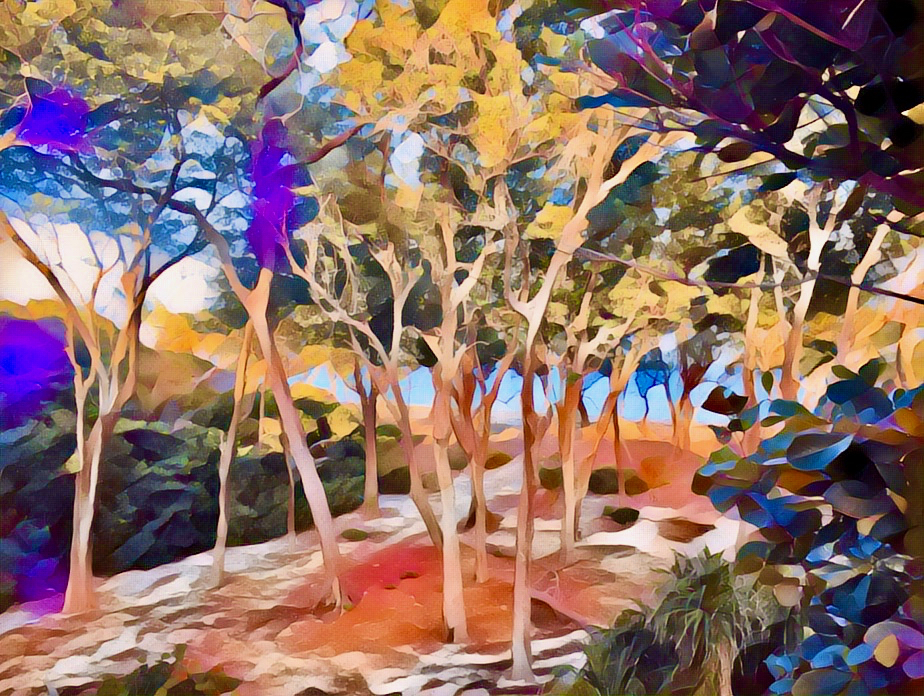
Sam Lord eventually returned to England. He died there in 1884, a broken man at odds with the law.
His niece, Frances, finally received the estate with her husband, Mr. Trollope, through a legal ruling. The judge overturned her having renounced rights in lieu of 1000 pounds’ yearly allowance, which she never received. Trollope was given possession as he had purchased Sam’s outstanding interests from a mortgage he had on the property in 1847.
With masses of outstanding debts, the estate was of questionable value. There were 17 judgments for debts made against the estate, with 18,000 pounds overdraft owing to the bank. He had actually left everything to his daughter, Cecilia. Cecilia and her husband, James Haywood, were also in pursuit of a settlement.
Given all the confusion, debts and unhonoured agreements, most inheritors would rather run than stand to unravel the mess. Although there were other claimants, the Trollope family continued to own it until 1942. At that time, it became a hotel, designed and developed by Barbados pioneer hotelier, Victor Marson.
The Saga of “Sam – The Man & The Icon” Continues
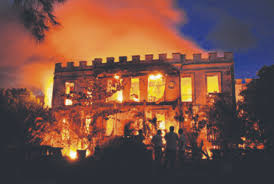
The castle has had a few lives – from opulence to the fire that destroyed everything except for the solid but crumbling coral stone walls.
Now it is destined to be the site of a 5-star Wyndham resort of 450 units spread across its 57 acres of oceanfront land. The once luxurious Sam Lord’s Castle will be restored and reopened for vacationers.
5-Star Wyndham Grand Luxury Resort

http://www.sb-architects.com/project/sam-lords-castle/
In 2015, negotiations started on the new development of a 5-star Wyndham Grand Resort to be build on the estate. The castle ruins would be preserved, as would the name ‘Sam Lord’s Castle’. Sam, the Man and Icon, would live on, now in a manner befitting of the Lord.
It was not without its controversy, in keeping with the reputation of Sam, the Man and the Icon. Originally planned to open in 2018, work came to a halt in 2019. It is now back on track for its opening in 2021.
Stay tuned for more of the future of Sam Lord’s Castle, coming next >>
A Story Built On Fact
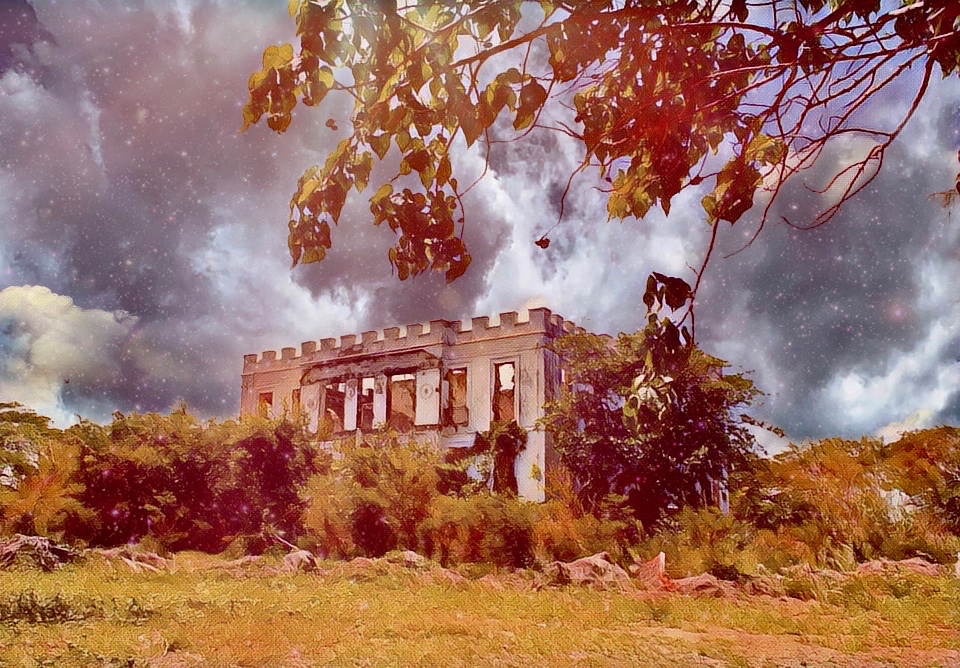
This is not an academic account of the history of Sam Lord. I have made every effort to follow historical events, timelines and archives.
The editorial and insights into the character are my own imaginings. They are based on reports and accounts of the time. I have used the poetic license of an author to liven up the dialogue and add colour and character that seem fit for the time.
Video of Sam Lord’s Castle: The Man & The Icon
(C) Ian R. Clayton, Author – See the inside story of Sam lord in Ian latest Book Rogues in Paradise
Barbados Book – Rogues in Paradise
An intriguing book that uncovers the hidden patchwork of Barbados people, culture, history and heritage. Full of fun, wit and humour with characters that jump of the page!
A Lovely 5-Star Book Review
This writing is exceptional it reminds one of Roald Dahl‘s writing in Boy and the first few chapters of Going Solo in the rhetorical flourishes applied to the characters; and a bit of Ruskin Bond‘s flow in the poems and rhythms applied left, right and centre. Readsy
Related Links
Things to do and places to stay near to Sam Lord’s Castle
References:
Haywood – Barbados Genealogies | Dr. Karl Watson – History of the Empire | Barbados Community College | Legacies of British Slave-ownership | Wikipedia
Find your ideal Barbados accommodation...






